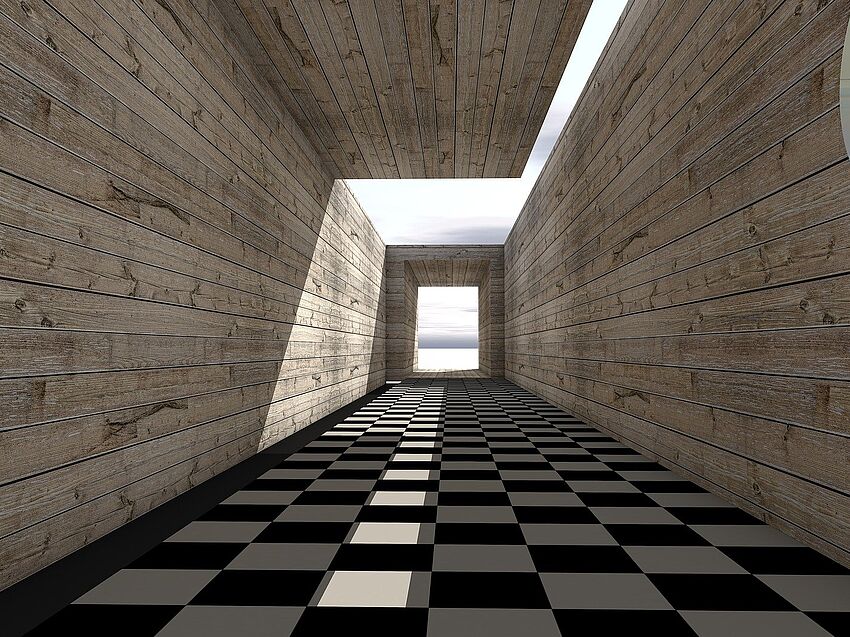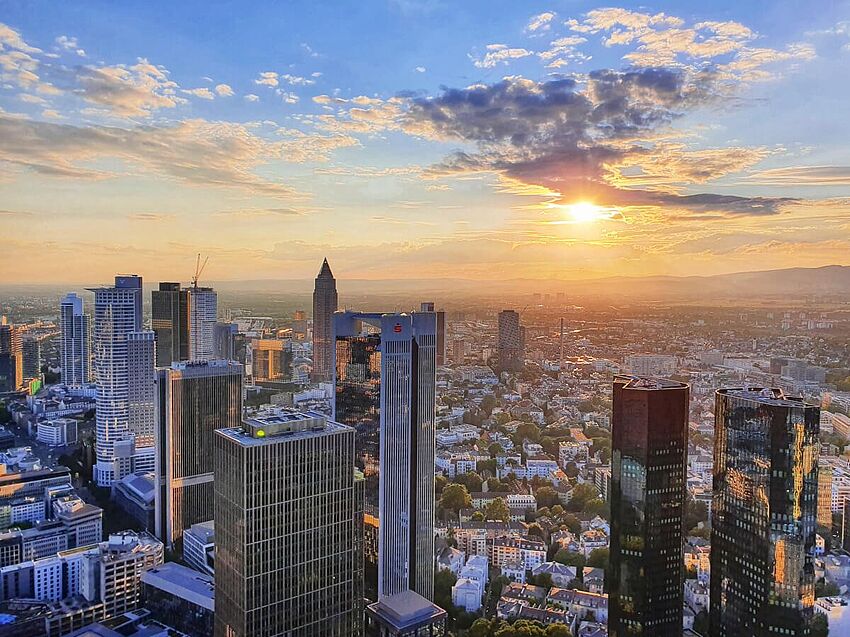Carbon concrete: building material of the future for sustainable construction
The dream of flying starts in the airport. Over 3 billion passengers worldwide place high demands on airport buildings every year. Customs clearance, security and logistics must operate smoothly and economically to make the flight pleasant for passengers already on the ground. In addition, airports have to fulfill their role as emblematic prestigious objects and representative experiential areas: Major tasks and exciting projects for airport architecture as shown by five key airports.
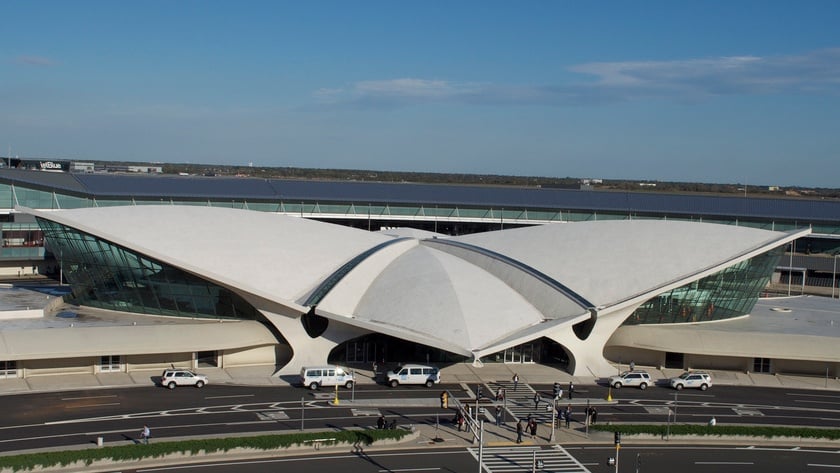
The TWA Terminal: Icon of Aviation
Airports have always been the business cards of cities or countries. Some airports are outstanding structures created by excellent builders. They impress with extravagant shapes and sophisticated functionalities – such as the former TWA-terminal in the New York Kennedy Airport, which was put into operation in 1962. At the time, this icon of airport architecture was an advertising message for aviation: Spectacular, aesthetic, cross-border. As one of the first "signature buildings," the TWA Flight Center was more than modern architecture. It was marketing. It is currently being overhauled into a luxury hotel.
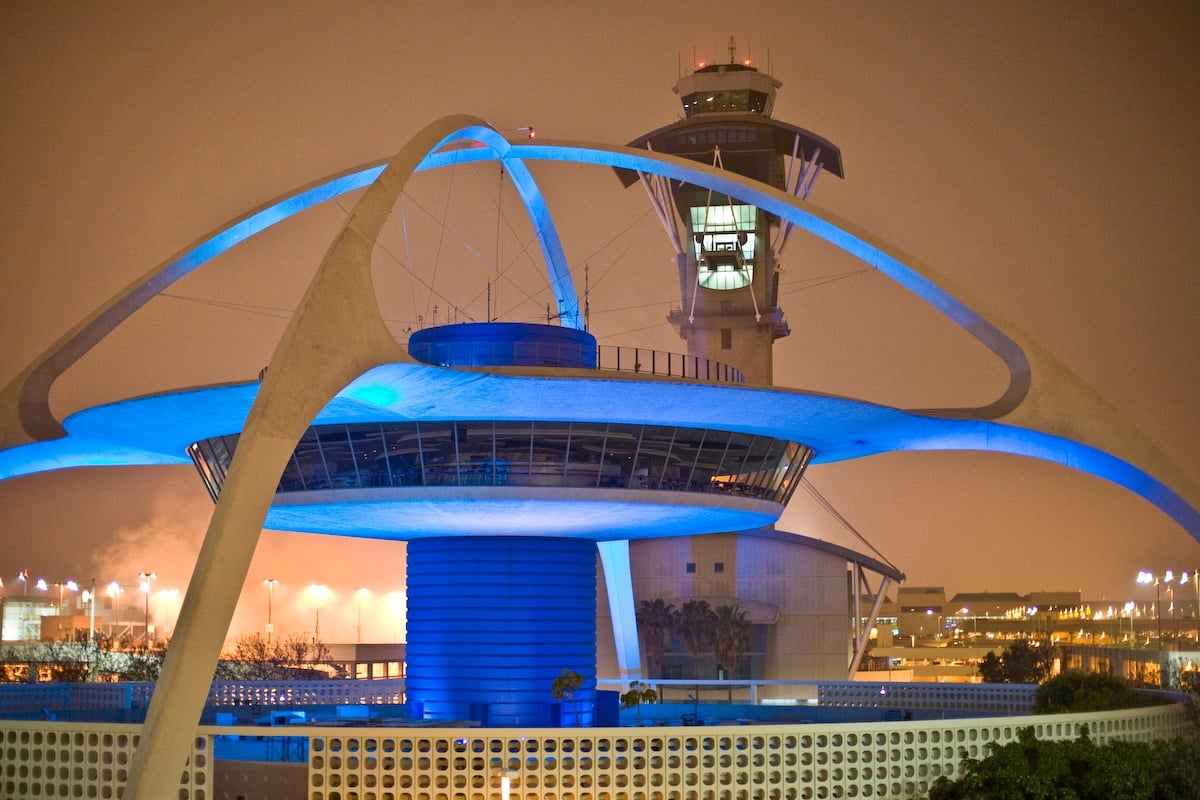
LAX: You have to get here in order to fly away
Airports must be easily accessible. Los Angeles International Airport – "LAX" for short – is known for not being able to get there. The permanent traffic chaos makes the largest and most frequented airport on the American west coast inaccessible for long stretches of the day. A € 14 billion modernization program is meant to change this by 2023 and also make the airport internationally competitive. Among other things, a 3.2 km electric train system, the "LAX train," will connect the three terminals with parking lots, the metro and the new rental car center.

NY LaGuardia: The main thing is that it's rolling
LaGuardia's problems are accessibility and efficiency. Former US vice president Joe Biden once described Terminal B of New York City's second largest airport as a "third world country." The city airport will have been completely renovated and rebuilt by 2021. A representative "mega" terminal building is to be the new core that combines the four terminals under one giant roof. The new building will also be closer to the Grand Central Parkway, which borders the airport premises to the south, and makes room for more maneuvering area. This allows for a more efficient maneuvering of the airplanes on the ground, which reduces delays.
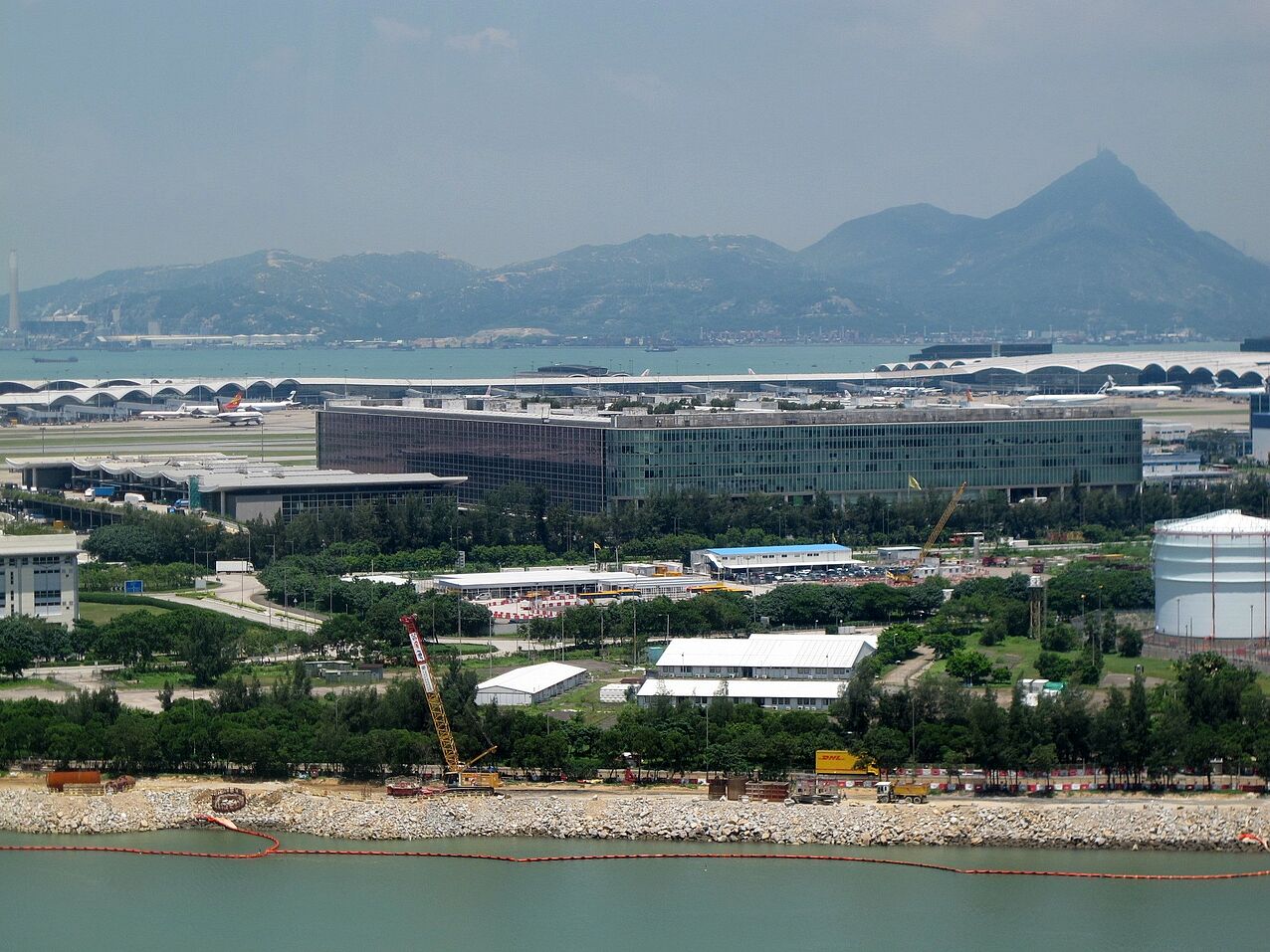
Hong Kong: Big in terms of sustainability
Others want to be the biggest – Hong Kong International Airport is the greenest. "Environmentally friendly" is emphasized at HKIA: natural light wherever possible, solar panels on the roof and a marine park off the coast. Sustainable architecture uses a high-quality building fabric to banish the heat to the outside, thus keeping the interior nice and cool. Personnel in charge also want to become a "smart airport." A special object tracking technology is intended to to quickly and accurately guide passengers through the airport building, even during peak times, whether to a gate or baggage claim, business or restaurant of their choosing.
Istanbul New Airport: New builds are the most beautiful
Those who do not have to build onto existing buildings, but rather are allowed to design a new airport entirely have drawn the trump card. The world's largest new airport is being built in Turkey. The Istanbul New Airport will be built by 2028 in four phases. By that time passengers can expect six runways, a gigantic building complex with hospitals, hotels and convention centers, 3,500 take-offs and landings daily and handling capacity for 200 million passengers per year. The flight traffic will be handled by the most beautiful tower in the world: The contract for the tower was given to designers who designed Ferraris and Alfa Romeos.
The largest construction site in Switzerland is located in an airport as well. The expansion of the Zurich airport with the "Circle" is an ambitious project. A high-quality superstructure for services will be built here on 180,000 square meters by 2019.
Whether modernization, conversion or a new realization: Airport architecture not only has to toe the line between functionality and aesthetics while placing the new on the old. Construction phases often run simultaneously with flight operation. This requires the utmost precision during planning. Thanks to Building Information Modeling with 4D- and 5D-simulations, this is no longer a problem today.


